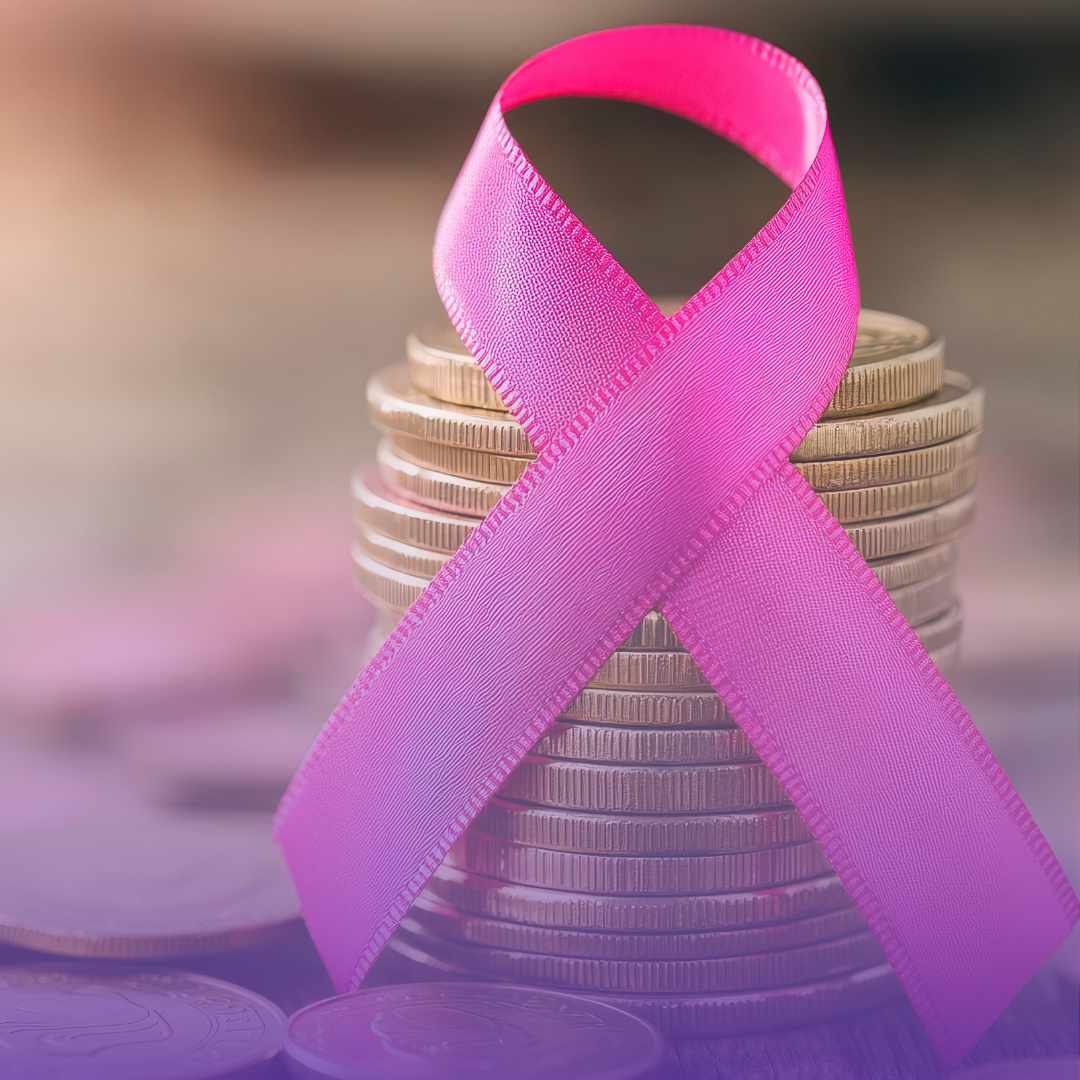Breast cancer is a serious health concern for women around the world, and in Ireland, it remains one of the most common cancers affecting women. October is Breast Cancer Awareness Month, making it a perfect time to highlight the importance of both health and financial protection.
Whether you are a woman who has already been diagnosed, a survivor or someone who wants to be prepared for the future, understanding the financial side of dealing with breast cancer is just as important as understanding the medical side. Here’s what every woman in Ireland should know about breast cancer and financial protection.
Breast Cancer in Ireland: Know the Statistics
Breast cancer is the most common cancer among women in Ireland (excluding skin cancer), and 1 in 7 women will be diagnosed with breast cancer during their lifetime, while 1 in 728 men will also be diagnosed.
The age breakdown for women diagnosed with breast cancer is:
23% are between the ages of 20-50,
34% are between 51-69, and
43% are over the age of 70.
While family history is a concern, only 5%-10% of breast cancer cases are hereditary, meaning most women diagnosed do not have a genetic link to the disease.
The five-year survival rate for breast cancer patients is 85%, with early detection playing a crucial role in this high survival rate. Every year, about 3,700 new cases of breast cancer are reported in the country.
Survival rates for metastatic breast cancer—the most severe form where the cancer has spread—have improved, rising from 19% to 32% for those surviving beyond five years, thanks to ongoing advances in treatment.
There are about 950 women in Ireland living with metastatic breast cancer. This remains a challenging area for research, but new treatments and therapies continue to offer hope for better outcomes.
The financial impact of cancer
While public healthcare in Ireland provides treatments through the HSE, there are still out-of-pocket expenses to consider. From specialist consultations to alternative therapies, medications, and potential travel costs to hospitals, these financial burdens can quickly add up.
If you are working and need to take time off during treatment, the loss of income could add another layer of financial stress. The impact may be even more significant for self-employed women due to the lack of paid sick leave.
Losing the ability to work or having a loved one diagnosed with a severe illness can have a devastating impact on a family’s financial situation.
According to a report by the Irish Cancer Society, cancer patients face an average income loss of €1,527 per month, which totals a staggering €18,323 per year. Additionally, the average extra cost associated with a cancer diagnosis is €756 per month, with some cases exceeding €1,000 per month.
Here are some key statistics from the report:
- Over 60% of workers reported a decrease in income as they could no longer work as much after their cancer diagnosis.
- 40% of respondents saw their salary drop by over €20,000 annually, with the average reduction being €18,323 per year or €1,527 per month.
- 75% of individuals affected by cancer had to change their work practices, with 45% stopping work altogether and 24% reducing their hours.
- Only 15% of cancer patients had income protection at the time of diagnosis. Of those who sought income protection afterwards, only one in ten were successful.
- Carers were also impacted, with 45% altering their employment status. Over one-third (37%) took unpaid leave or reduced their working hours.
- The average monthly cost of medicines and medical expenses was just over €261.
These figures highlight the financial toll cancer can take on patients and their families.
Publisher: Source link











